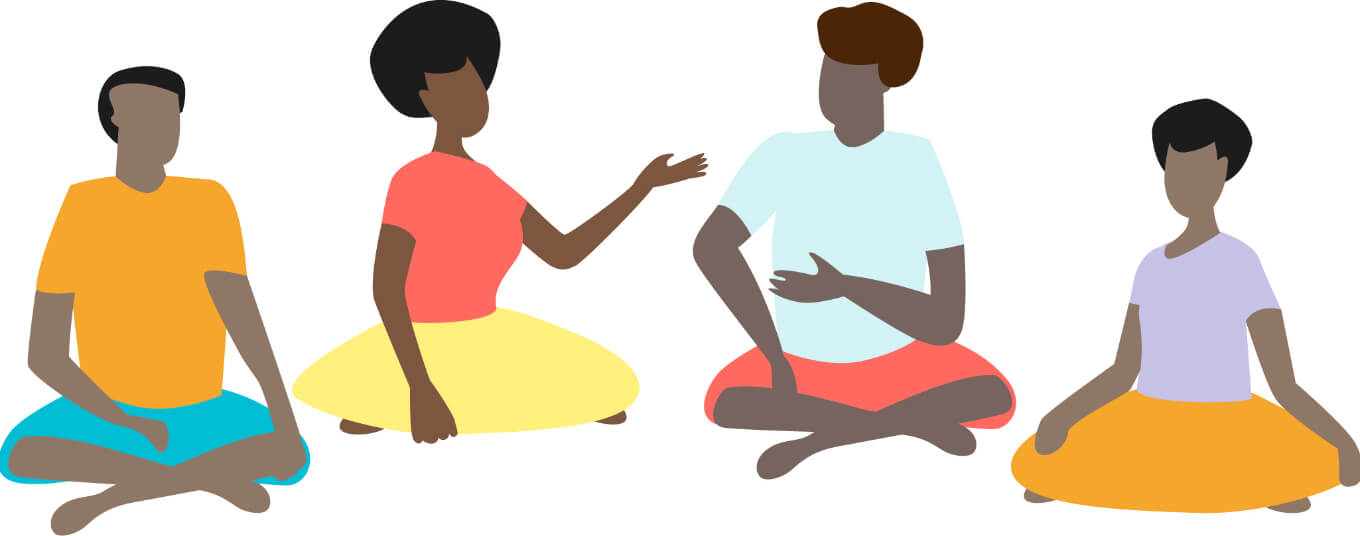Blending Old with New
Pacific Island communities have long practiced traditional management systems such as seasonal bans and temporary no-take areas. The peoples throughout the Pacific Islands used customary practices of marine protection in line with traditional spiritual beliefs in order to counter marine resource depletions.
Most Pacific Islands still have some form of community marine tenure either legally enshrined or informally recognised. Such systems help ensure that benefits from marine conservation efforts accrue to the local community. Today, many Pacific Islands people still practice these traditions despite the presence of Western influences.
In using an LMMA approach, some coastal communities are reviving methods that have been used traditionally as part of their culture for many generations, sometimes blending them with modern techniques for best results. Different countries have different traditions for such marine management.
Building on traditions can also be a pathway to ensure conservation is deeply rooted in local values, and also builds on generations of local knowledge about the resources.
Fiji Example
Traditionally, in Fiji, a tabu area was established after the death of a chief for 100 nights, as a sign of respect and mourning. Its cultural significance is part of the reason it is arguably the most widely used management tool in Fiji and helped the Fiji LMMA grow exponentially in its work because it was no introducing a new idea, but reviving an old one.
In Fiji, communities have customary rights to fishing grounds, called iqoliqolis in the iTaukei language. Tabu areas can be placed anywhere in their fishing grounds, as part of an overall management plan for all the fishing grounds. In addition, tabus can be placed on activities. For example, the traditional leaders of Lau recently plans a tabu on night-time scuba spearfishing for the entire province as their fishing practice is leaving too few fish behind to breed and restock the reefs.


